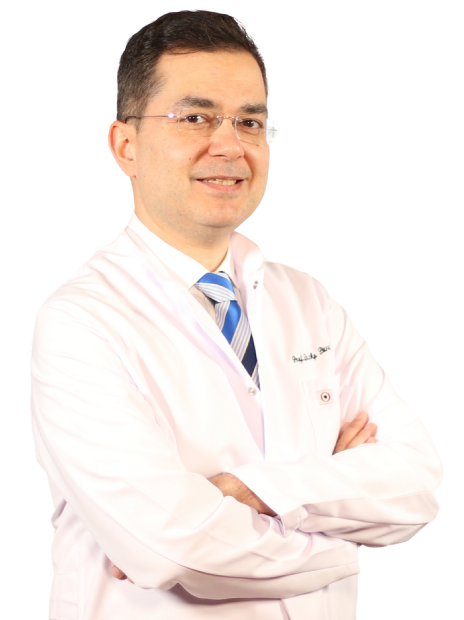Since January 2013, about 2,800 procedures have been carried out in the Interventional Cardiology Department, which specializes in addressing complex heart conditions using minimally invasive techniques. Through advanced diagnostic and therapeutic procedures, cardiovascular diseases can be managed with state-of-the-art technology. Our Cardiac Catheterization Laboratory, operating around the clock, ensures both scheduled and emergency interventions are performed safely and effectively.

Myocardial infarction ranks among the most critical heart emergencies, where every moment counts for survival. The interval from a patient’s arrival at the hospital to the reopening of a blocked coronary artery is called the door-to-balloon time. International guidelines recommend this time be under 90 minutes, serving as a key measure of a center’s proficiency. According to the NRMI National Registry Study from the United States, the average door-to-balloon time is 89 minutes. At our hospital, this time is just 47 minutes, and all patients have been treated within the target period. Another crucial benchmark is the pre-procedure administration of aspirin and ticagrelor to patients presenting with myocardial infarction, and our compliance rate is 100%.
- We perform angiography and stent procedures via the wrist in 95% of cases.
- Our in-hospital mortality rate from 2013 to 2015 is zero.
- Dissolvable stents are utilized in 60% of our treatments.
- Since January 2013, our total number of procedures is about 2,700.
- We deliver rapid response for patients experiencing myocardial infarction.
- Our door-to-balloon time is below 90 minutes for all cases.
Our Featured Procedures:
- We have extensive experience with dissolvable stents, which are not available in state hospitals.
- Our team can make precise adjustments during stenting by using OCT (Optical Coherence Tomography) imaging inside the coronary arteries.
- Through TAVI procedures, we are able to treat elderly patients with aortic valve disease who are at high surgical risk as a coordinated team.
Treatment of Structural Heart Diseases with Catheter-Based Techniques
Closure of heart defects:
- Transcatheter interventions guided by 3D TEE (transesophageal echocardiography) performed through the esophagus.
- Closure of atrial septal defect or patent foramen ovale.
- Transcatheter Aortic Valve Replacement (TAVI) performed via the groin, without the need for surgery.
* Liv Hospital Editorial Board has contributed to the publication of this content .
* Contents of this page is for informational purposes only. Please consult your doctor for diagnosis and treatment. The content of this page does not include information on medicinal health care at Liv Hospital .
